Why Whales Sing: The Mystery Behind Their Ocean Melodies
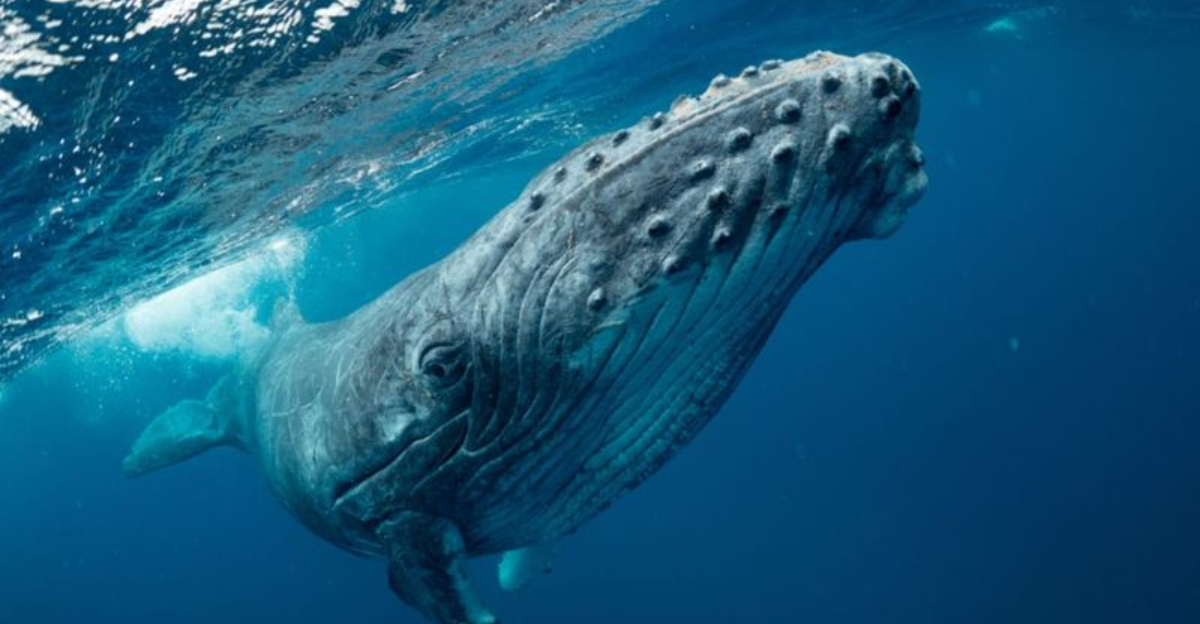
Beneath the ocean’s surface lies a world filled with mysterious sounds. Giant marine mammals communicate through complex melodies that have puzzled scientists for decades.
These haunting songs travel across vast distances, carrying messages we’re only beginning to understand.
1. Songs That Travel Miles
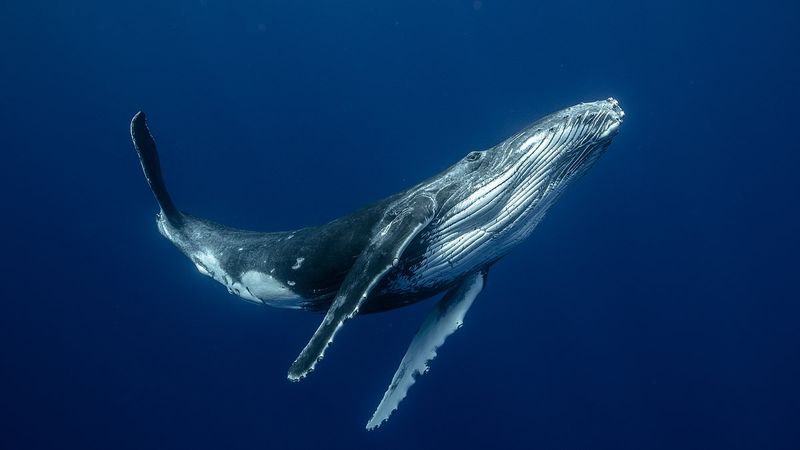
Imagine shouting from New York and being heard in Florida! Whale songs can travel up to 10,000 miles underwater. The ocean’s unique sound-carrying properties allow these massive mammals to communicate across entire ocean basins.
Their deep, resonant calls navigate through water much more efficiently than sound travels through air.
2. Communication Beneath The Waves

Not just random noise, these underwater symphonies serve as sophisticated conversation. Whales exchange vital information about food sources, danger, and social connections. Their complex vocalizations include clicks, whistles, moans, and trills arranged in patterns.
Think of it as their own special language with different dialects depending on the pod!
3. Only Males Do The Singing
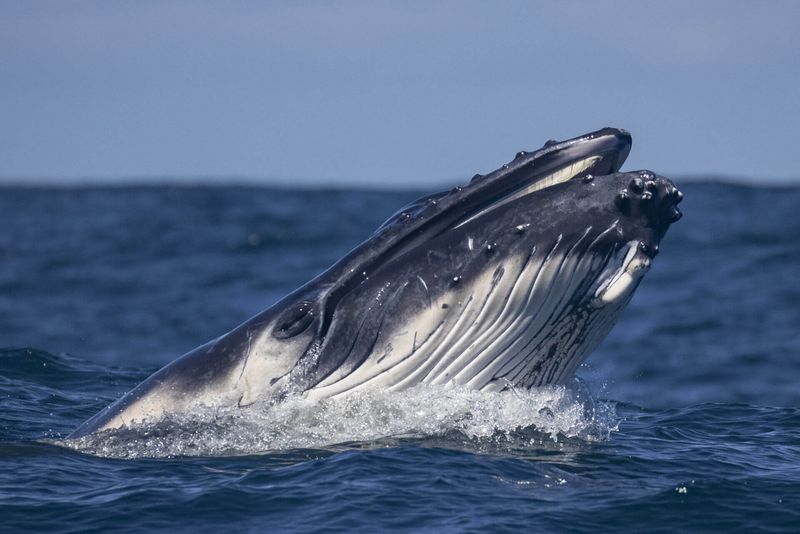
In the whale world, the guys handle the serenades! For humpbacks, only male whales produce the famous complex songs we recognize. Female whales make other sounds but leave the elaborate musical performances to the fellows.
This gender difference hints at the songs’ role in attracting mates and establishing dominance among competing males.
4. Each Species Has Unique Songs

Just like human music varies across cultures, different whale species have their own distinctive sound signatures. Blue whales produce ultra-deep rumbles that sound like giant bass drums. Humpbacks create complex melodies with themes and variations.
Belugas, nicknamed “sea canaries,” chirp and whistle in higher pitches than their massive cousins.
5. Songs Change Over Time
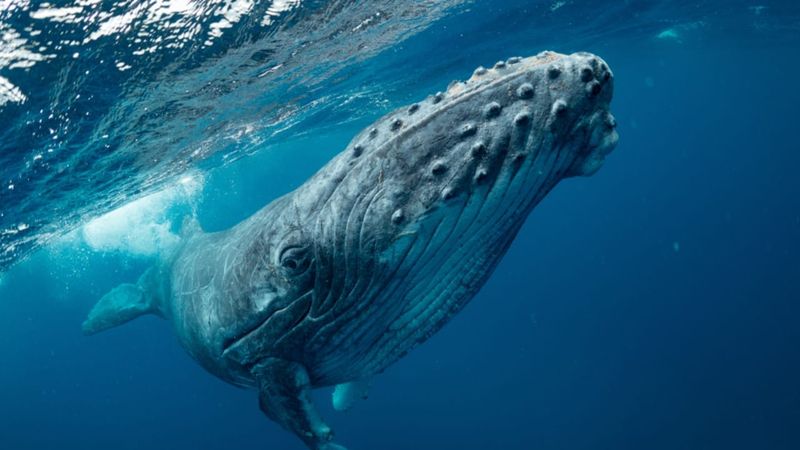
Whale tunes aren’t stuck in the past! Their melodies evolve constantly, with new “hits” spreading through populations.
Researchers tracking humpback songs have witnessed entire populations abandon one pattern for a new, catchier version within a single season. This cultural evolution shows whales have their own musical trends, similar to human pop charts!
6. Used For Mating Displays
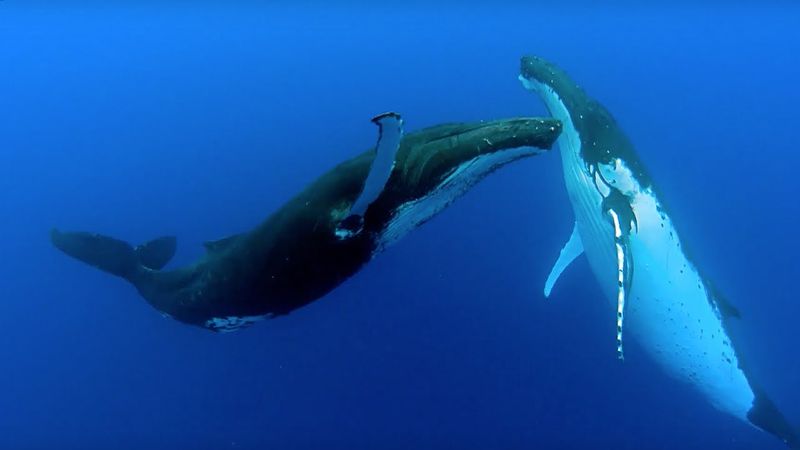
Romance drives much of whale singing! Males often perform their most elaborate compositions during breeding season to impress potential partners. The complexity and volume of their songs may signal genetic fitness to females.
Louder, longer, more intricate songs might indicate stronger, healthier males – nature’s version of a romantic serenade under the stars.
7. Echoes In Deep Ocean Channels
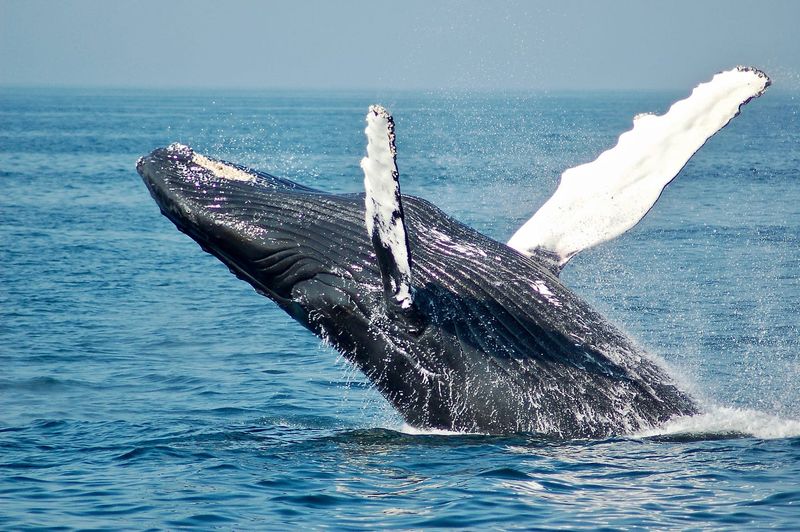
Ocean topography creates natural sound highways for whale songs. Deep-water channels form acoustic corridors where sounds travel with minimal distortion.
Whales instinctively position themselves at the perfect depth to utilize these sound channels. Their biological sonar expertise would make human audio engineers jealous of their natural understanding of acoustics!
8. Passed From Whale To Whale
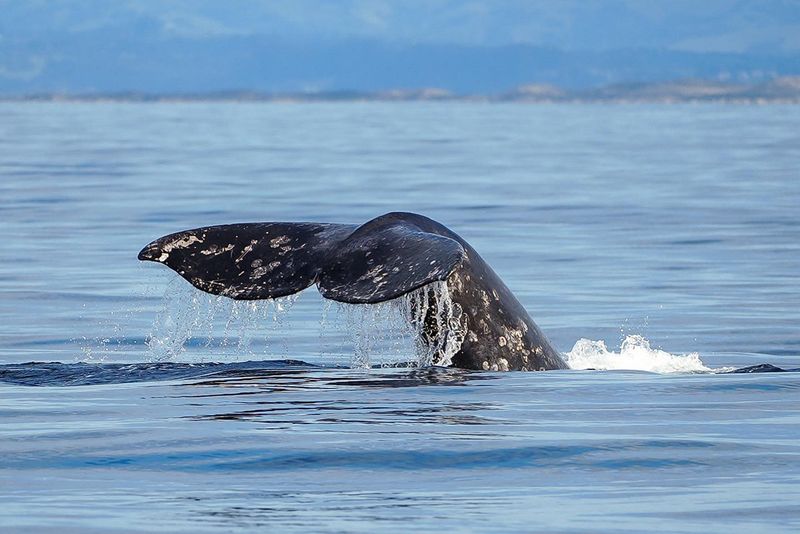
Musical traditions flow through whale society like folklore. Young whales learn songs by listening to adults, creating cultural lineages that span generations.
When pods meet, they sometimes exchange musical elements, creating fusion styles. This cultural transmission demonstrates remarkable social learning abilities that few animal species possess.
9. Sound Travels Better Than Light

In murky ocean depths where visibility drops to zero, sound becomes the superior sense. Whales evolved spectacular singing abilities because sound waves travel efficiently underwater.
While light fades after just a few hundred feet, whale songs can remain clear for miles. Their audio-focused communication brilliantly adapts to the ocean’s challenging visual environment.
10. Songs Can Last For Hours

Marathon performances define whale concerts! A single humpback song sequence can continue uninterrupted for over 30 minutes, with singers repeating these sequences for hours.
The stamina required is extraordinary, especially considering they’re holding their breath while singing. Imagine singing an entire opera without taking a breath – that’s whale-level talent!
11. Singing Peaks During Breeding Season
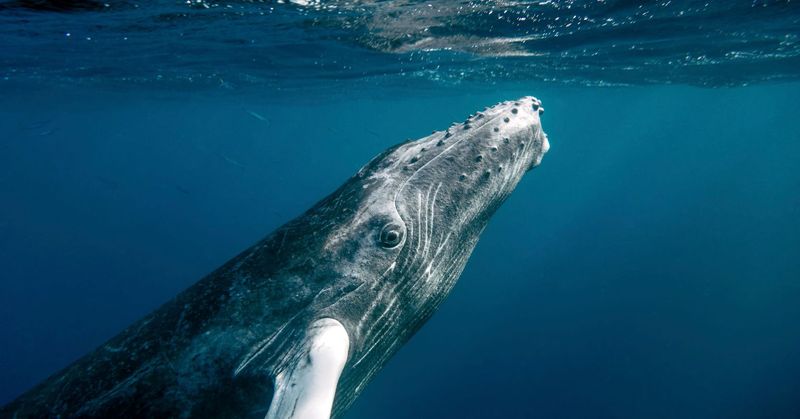
Winter waters burst with whale melodies! Singing activity dramatically increases during breeding months when competition for mates intensifies. In places like Hawaii and the Caribbean, winter visitors might hear the haunting underwater concerts of humpbacks who’ve migrated thousands of miles.
Their romantic serenades transform tropical waters into nature’s most exclusive concert venues.
12. Scientists Use Underwater Microphones
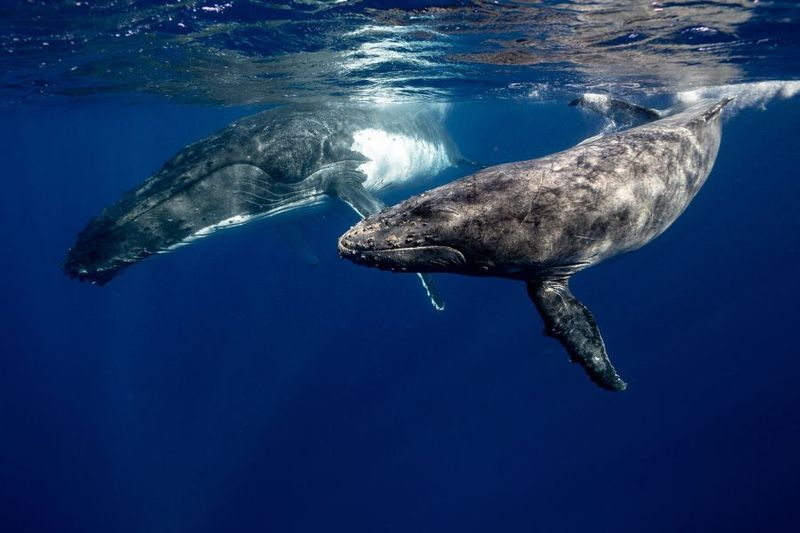
Special listening devices called hydrophones help researchers eavesdrop on whale conversations. These underwater microphones capture sounds inaudible to human ears above the surface.
Scientists deploy networks of these devices across oceans to track migration patterns and population health. The recordings reveal details about whale behavior that would be impossible to observe visually.
13. Research Is Still Ongoing
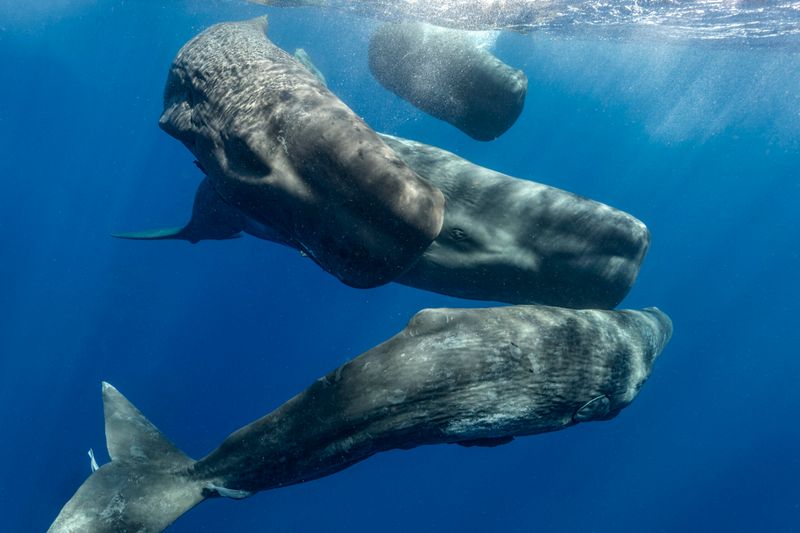
Despite decades of study, whale songs remain partly mysterious. Scientists continue developing new technologies to decode their complex communications.
Artificial intelligence now helps analyze patterns too subtle for human detection. The possibility that whales might have grammar rules or dialects keeps researchers diving deeper into this fascinating field of marine science.
14. Songs May Strengthen Social Bonds
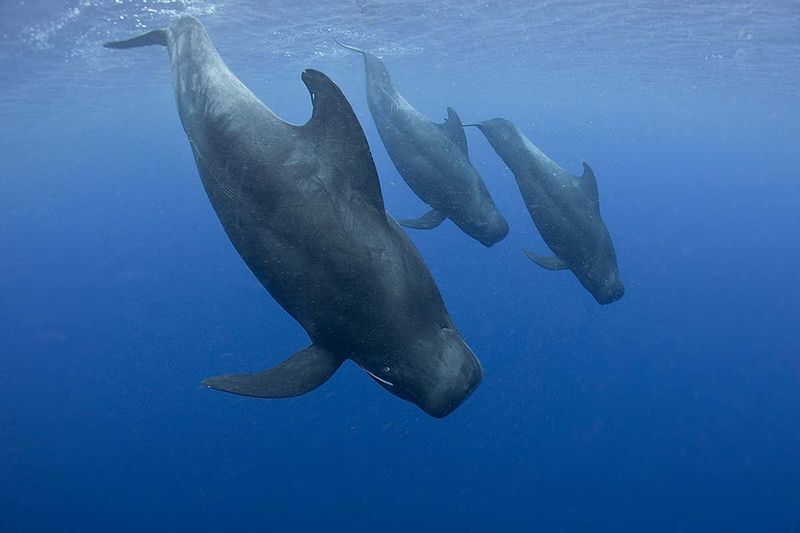
Beyond mating, singing likely reinforces whale community connections. Shared songs create group identity and cohesion among far-flung populations. Like humans gathering around campfires to sing together, whales may use musical exchanges to maintain friendships across vast oceans.
Their songs could serve as the social glue holding their mysterious societies together.






